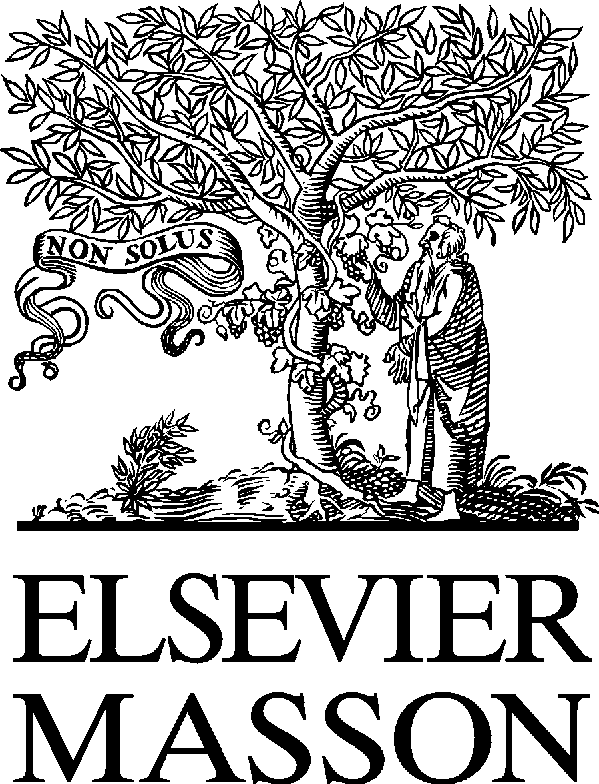Microsoft word - col39.wickens.doc
June1997 Column, Country Life in B.C. Wendy R. Holm, P.Ag. I didn’t make it to Wayne Wicken’s farewell dinner. Something of a “pressing and urgent nature” (somuch so I can’t now recall what it was) caused me to be unable to leave Bowen that night to attend. Only last week did I take down the “invite fax” from the board. Wayne took early retirement rather than stomach the gruel b

 Available online at www.sciencedirect.com
Biomedicine & Pharmacotherapy 62 (2008) 104e109
Biological effects from electromagnetic field exposure and
a Department of Oncology, University Hospital, SE-701 85 O¨rebro, Sweden
b Sage Associates, Santa Barbara, CA, USA
Received 6 December 2007; accepted 12 December 2007
During recent years there has been increasing public concern on potential health risks from power-frequency fields (extremely low frequency
electromagnetic fields; ELF) and from radiofrequency/microwave radiation emissions (RF) from wireless communications. Non-thermal (low-intensity) biological effects have not been considered for regulation of microwave exposure, although numerous scientific reports indicate sucheffects. The BioInitiative Report is based on an international research and public policy initiative to give an overview of what is known of bi-ological effects that occur at low-intensity electromagnetic fields (EMFs) exposure. Health endpoints reported to be associated with ELF and/orRF include childhood leukaemia, brain tumours, genotoxic effects, neurological effects and neurodegenerative diseases, immune system dereg-ulation, allergic and inflammatory responses, breast cancer, miscarriage and some cardiovascular effects. The BioInitiative Report concluded thata reasonable suspicion of risk exists based on clear evidence of bioeffects at environmentally relevant levels, which, with prolonged exposuresmay reasonably be presumed to result in health impacts. Regarding ELF a new lower public safety limit for habitable space adjacent to all new orupgraded power lines and for all other new constructions should be applied. A new lower limit should also be used for existing habitable spacefor children and/or women who are pregnant. A precautionary limit should be adopted for outdoor, cumulative RF exposure and for cumulativeindoor RF fields with considerably lower limits than existing guidelines, see the BioInitiative Report. The current guidelines for the US andEuropean microwave exposure from mobile phones, for the brain are 1.6 W/Kg and 2 W/Kg, respectively. Since use of mobile phones is asso-ciated with an increased risk for brain tumour after 10 years, a new biologically based guideline is warranted. Other health impacts associatedwith exposure to electromagnetic fields not summarized here may be found in the BioInitiative Report at .
Available online at www.sciencedirect.com
Biomedicine & Pharmacotherapy 62 (2008) 104e109
Biological effects from electromagnetic field exposure and
a Department of Oncology, University Hospital, SE-701 85 O¨rebro, Sweden
b Sage Associates, Santa Barbara, CA, USA
Received 6 December 2007; accepted 12 December 2007
During recent years there has been increasing public concern on potential health risks from power-frequency fields (extremely low frequency
electromagnetic fields; ELF) and from radiofrequency/microwave radiation emissions (RF) from wireless communications. Non-thermal (low-intensity) biological effects have not been considered for regulation of microwave exposure, although numerous scientific reports indicate sucheffects. The BioInitiative Report is based on an international research and public policy initiative to give an overview of what is known of bi-ological effects that occur at low-intensity electromagnetic fields (EMFs) exposure. Health endpoints reported to be associated with ELF and/orRF include childhood leukaemia, brain tumours, genotoxic effects, neurological effects and neurodegenerative diseases, immune system dereg-ulation, allergic and inflammatory responses, breast cancer, miscarriage and some cardiovascular effects. The BioInitiative Report concluded thata reasonable suspicion of risk exists based on clear evidence of bioeffects at environmentally relevant levels, which, with prolonged exposuresmay reasonably be presumed to result in health impacts. Regarding ELF a new lower public safety limit for habitable space adjacent to all new orupgraded power lines and for all other new constructions should be applied. A new lower limit should also be used for existing habitable spacefor children and/or women who are pregnant. A precautionary limit should be adopted for outdoor, cumulative RF exposure and for cumulativeindoor RF fields with considerably lower limits than existing guidelines, see the BioInitiative Report. The current guidelines for the US andEuropean microwave exposure from mobile phones, for the brain are 1.6 W/Kg and 2 W/Kg, respectively. Since use of mobile phones is asso-ciated with an increased risk for brain tumour after 10 years, a new biologically based guideline is warranted. Other health impacts associatedwith exposure to electromagnetic fields not summarized here may be found in the BioInitiative Report at .